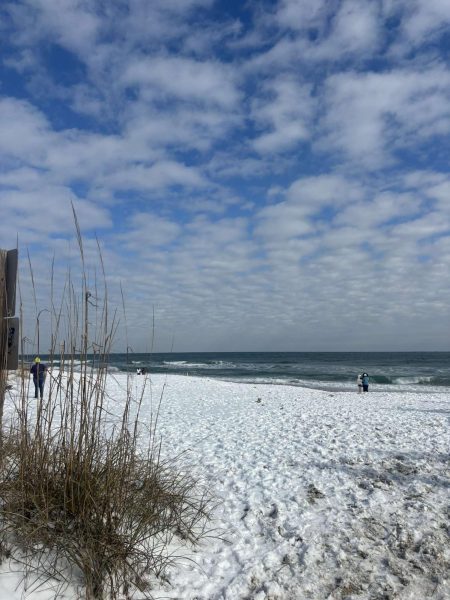New Hanover County’s expanding housing market leads to price increases
Throughout New Hanover County, rising home rates have been undercutting residents from Kure Beach to Castle Hayne.
Local real estate markets have been surging as the development in Wilmington continues to expand at a rapid pace.
With a bustling downtown, an abundance of coastline and continuously expanding subdivisions, many prospective homeowners have been attracted to the region as of late.
However, with the growth of the metro area comes a change in home prices. The more the region grows and the more people flock to the city, the higher the prices go for homes.
The housing market has begun to stabilize following the Great Recession and there is a large number of new homes being built in the area with each passing year. These factors contribute to the rising demand for new living in New Hanover and surrounding counties.
In 2005, 6,491 housing units were sold in New Hanover County before sharply declining in 2006 and continuing to fall to a recession-era bottom of 2,523 in 2009. In 2016, 4,981 housing units were sold, a substantial increase from the recession era, according to the Cape Fear Realtors’ annual Economic Report, published this year.
Steeper prices have been following in the footsteps of the recovering market. In October 2017, the average home price in the Wilmington metro was $214,000. Just a year ago, the average home price was $201,000.
In October 2007 – before the Great Recession – the average home price in the Wilmington metro area was $230,000. At its lowest point, the average was $162,000 in a period from October to December 2011.
With a growing market and higher demand for living in Wilmington, it may take a larger amount of money for a prospective resident to move to the area.
The housing costs are not just affecting subdivisions and neighborhoods either. Apartment rent costs have increased a decent percentage from last year. The average price per month for rent in Wilmington has risen to $925.
Rising rent costs are affecting students attending area schools, including the University of North Carolina Wilmington and Cape Fear Community College.
With steadily increasing costs of living in the Port City, some residents, especially the city’s growing student population, are looking for cheaper alternatives to ensure stable housing.
According to a September report from Cape Fear Realtors, the average sales price for homes between Jan-Sept 2016 was $251,159. For that same time period this year, the average sales price was $261,651.
Those increasing numbers from 2016 to 2017 equaled a 4.18 percent rise in average sales price.
However, in 2016, 8,848 homes were sold in the region. So far this year, 7,767 homes have already been sold in the region. If the trend continues, 2017 will outpace 2016 in terms of homes sold as well as average sales price.
With numerous new housing developments appearing across the Cape Fear, it is no surprise that home prices are climbing upwards. From the massive RiverLights development along River Road to the River Bluffs development in Castle Hayne, New Hanover County is seeing a rapid influx in home construction and new communities.
According to a report from Wilmington Star News, however, when compared to other cities throughout the United States, Wilmington’s average home prices are still fairly cheap.
Elsewhere in the tricounty region, housing developments are being built at a reasonable pace in coastal Pender County and in the Leland area of Brunswick County. Brunswick County is the 37th fastest growing county in the United States; with a population of 107,431 in 2010, it was estimated to have risen to 126,953 in 2016.
The housing developments on the eastern side of Brunswick County draw residents that seek to live close to Wilmington, but sales prices can be steep on that side of the river as well.
The local housing market seems to be succeeding despite rising prices, with the average time that a home is listed on the market decreasing last year, falling 11 percent.
In a time of economic growth, the housing market throughout much of southeastern North Carolina appears to be on a successful upward trend. But that upward trend comes at a pricier cost for potential residents seeking to contribute to the future of the expanding Wilmington metropolitan area.












